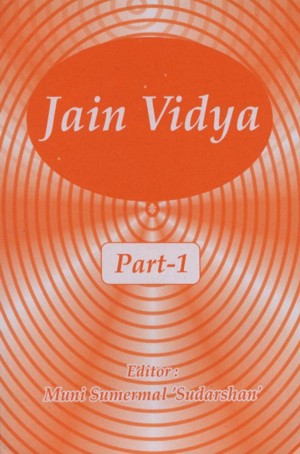Lesson - 19
Morning Chores
According to nature’s laws, all people sleep at night and wake up in the morning. After getting up, they discharge their morning duties related to body like toilet (excretion of faeces). They try to keep their body clean, tidy and fit in all respects. To develop mental purity, it is important to indulge in religious activity. Morning time is regarded as most useful and auspicious for learning and self-study.
It is essential for everybody to remember Paramesthi Mahamantra one hundred and eight times every morning. The fingers of a hand have twelve phalanges. By musing the mantra on them nine times, one mala (the rosary containing 108 beads) is completed. Hence it is called Navakaravali. Some people muse the mantra on phalanges while others do it on the beads of rosary. In both these systems, the number of musing comes to 108. While musing the mantra, one must cultivate guiltless heart and clean body.
If it is not possible to meditate upon the mantra 108 times, one may do it at least five times, without which one should not even drink water. The child, who meditates on navkara mantra daily, is a good child indeed.
If monks or nuns are staying in his/her town, one must visit them. One’s heart is filled with the spirit of restraint by visiting such noble souls and one gets opportunity to observe ideal conduct which provides mental purity.
It is obligatory for everybody to perform one Samayika each morning. It is a useful item of daily prayer (devotion). One feels peaceful for 48 minutes by abstaining from worldly matters and diverting the mind towards knowledge, meditation and self-study. Restraint is very necessary for making life peaceful. Samayika leads towards attainment of equanimity and practice of restraint.
Questions:
- Who is a good child?
- Why should one visit the monks and nuns?
- How many times does counting the mantra on phalanges make one navakaravali?
- What do you gain from Samayika?
